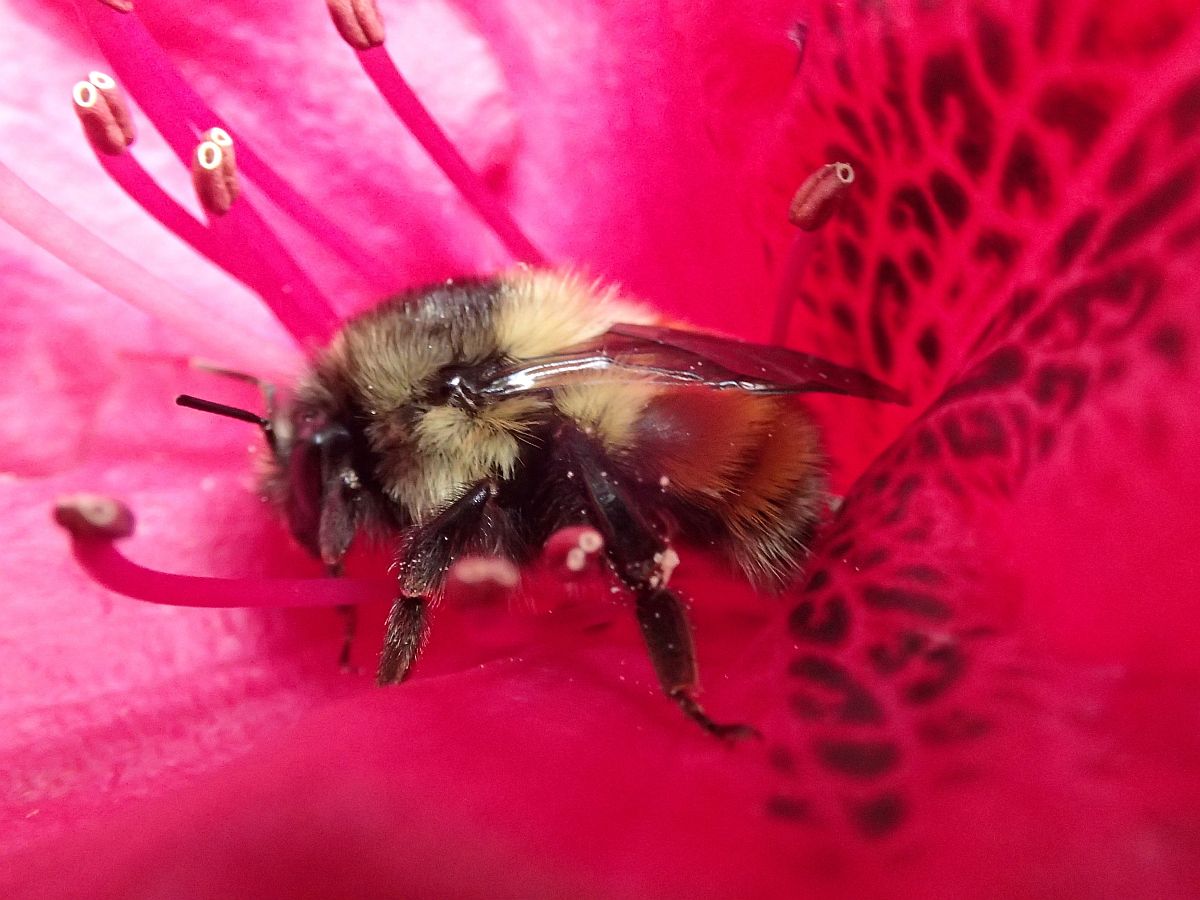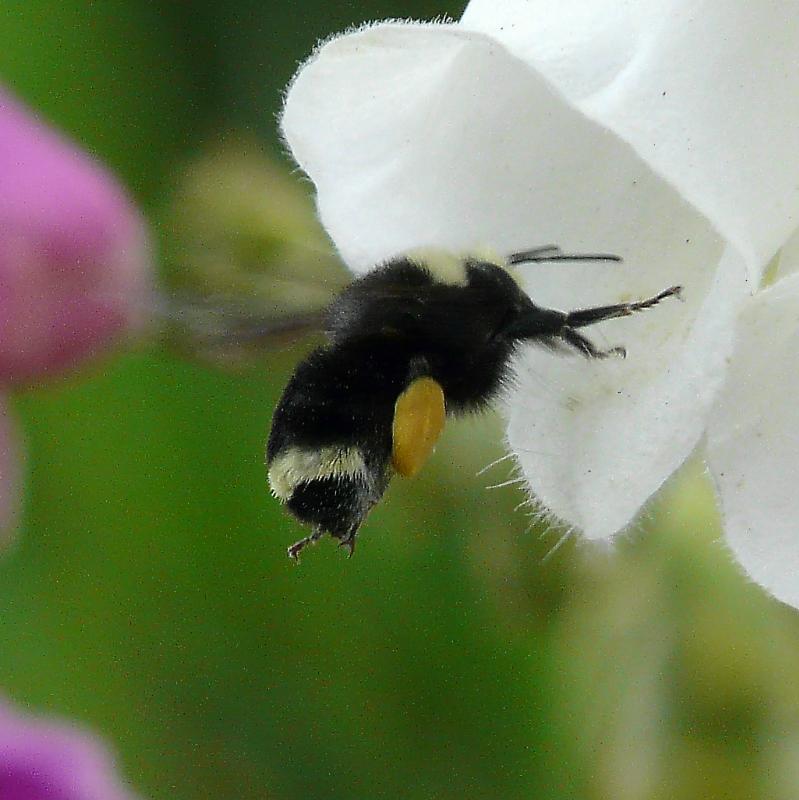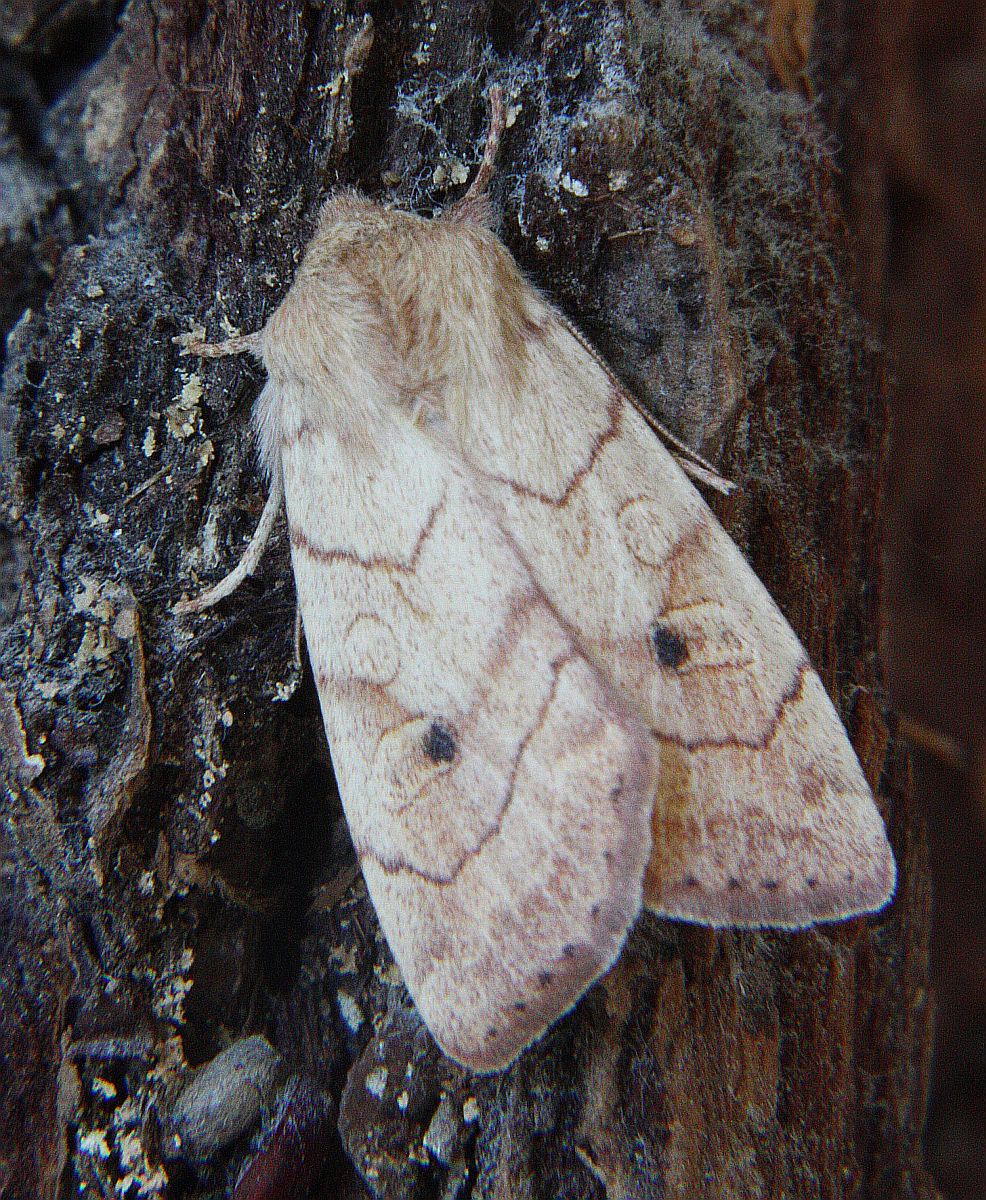May 21
2106 May 21
Rosemary Jorna and Annie Pang each send pictures of a bumblebee; Rosemary’s from Kemp Lake Road, May 18; Annie’s from Esquimalt Gorge Park, May 20. Unfortunately I can’t identify most Hymenoptera, so if there is any viewer out there who knows what these bees are, please do let us know, at jtatum AT uvic.ca

 Bumblebee, probably Bombus sp. (Hym.: Apidae) Rosemary Jorna
Bumblebee, probably Bombus sp. (Hym.: Apidae) Rosemary Jorna

Bumblebee, probably Bombus sp. (Hym.: Apidae) Annie Pang
Jeremy Tatum writes: Is this a dagger which I see before me? Actually Jeremy Tatum didn’t write that at all – William Shakespeare did. I don’t know the play Macbeth very well, but I assume that there is a character in the play who is a moth enthusiast, and that he has just come across a member of the genus Acronicta. The moths of this large genus are called daggers because they show a dagger-like mark in the middle of the forewing. This mark is prominent and obvious in some species. In others it requires a little bit of imagination. I think in Acronicta dactylina it needs rather more than a little bit. I can’t honestly say that I see a dagger before me at all.

 Acronicta dactylina (Lep.: Noctuidae) Jeremy Tatum
Acronicta dactylina (Lep.: Noctuidae) Jeremy Tatum
Here is Enargia infumata from Blenkinsop Lake:

 Enargia infumata (Lep.: Noctuidae) Jeremy Tatum
Enargia infumata (Lep.: Noctuidae) Jeremy Tatum
And here is a Common Emerald Moth. It is an introduced European species. It is known as the Common Emerald in Britain, but here, at least in Victoria, it is commoner than most of our native emeralds, so the name is still appropriate.


Common Emerald Hemithea aestivaria (Lep.: Geometridae) Jeremy Tatum
